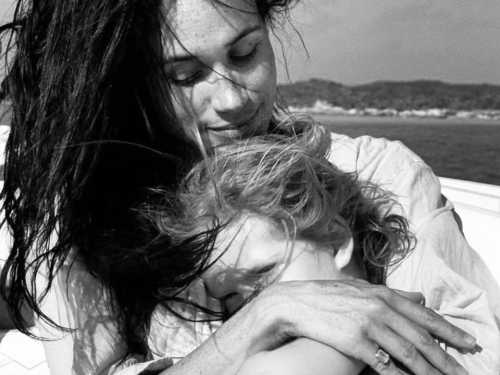
In 1985, Bill McKibben, then all of twenty-five years old, was enjoying an arrow-straight trajectory toward the upper echelons of American journalism. Soon after graduating from Harvard, where he had served as president of the Crimson, he was hired by William Shawn, the longtime editor of The New Yorker, as a staff writer. Shawn began to consider McKibben a potential successor, and assigned him extra editing duties in preparation for a larger role. But then the Fleischmann family, who had used the fortune from their eponymous yeast business to help start The New Yorker, back in 1925, decided to sell the magazine. Its new owner, S. I. Newhouse, Jr., brought in the editor Robert Gottlieb to replace Shawn, and McKibben quit in protest. (He later came to revise his opinion of Newhouse’s stewardship of The New Yorker.)
Suddenly unemployed, and with only a modest amount of savings, the young writer decided to move to the woods. About two years earlier, McKibben had ventured north for a six-week writers’ retreat held near the Adirondack town of Blue Mountain Lake, New York. The opportunity sprung up when a colleague asked McKibben if he wanted to take his place there after discovering, at the last minute, that he couldn’t go. “I didn’t know where the Adirondacks were,” McKibben told me, when I spoke with him about this period. “But it sounded like fun.” The location was remote and beautiful. “I completely fell in love,” he said. With this memory still fresh after leaving The New Yorker, McKibben convinced his wife, the author Sue Halpern (a current staff writer for the magazine), that it might be a worthwhile adventure to return to the Adirondacks to live full time.
Sourse: newyorker.com






